St. Patrick’s Day is a fun little holiday that comes during a time in the classroom when behavior can be a bit dicey. State testing is on the horizon but so is Spring Break. Those don’t often make the best combinations in the classroom. However, St. Patrick’s Day can add a bit of fun and whimsy into what can otherwise be a stressful month. This post will share a favorite science demonstration that is perfect as a St. Patrick’s Day science activity.
For more St. Patrick’s Day activities and resources for other subject areas, click here.
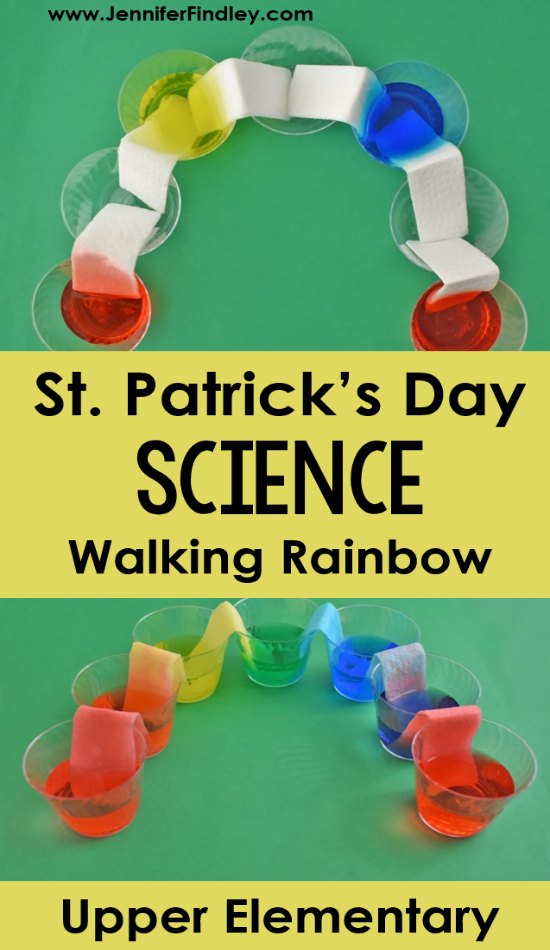
Materials Needed
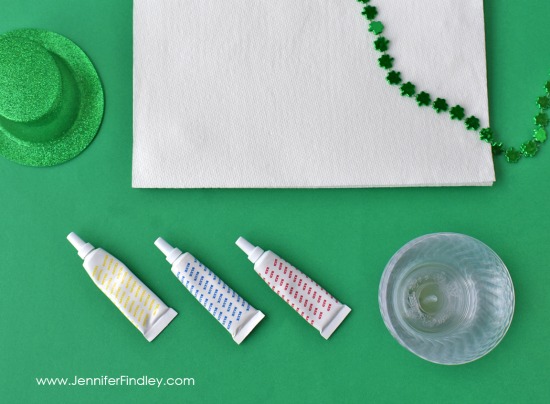
food coloring (red, yellow, and blue)
seven clear cups or jars
a spoon or stirring stick
water
reading passage and questions —download for free at the end of this post.
Directions
Step One:
Each cup will need its own paper towel. Fold and trim the paper towels so that they will rest easily into the cups.
Like in the photo above, you will want the paper towel to touch the bottoms of each cup, but not rise up too far out of the top.
Step Two:
Line up the cups in an arc to resemble a rainbow.
Use a pitcher to fill cups 1, 3, 5, and 7 with water. Leave cups 2, 4, and 6 empty. Because the next step involves adding food coloring and stirring, fill up the cups only half way. This will make the next step easier if you choose to have the students do the stirring.
Step Three:
Stir a few drops of red food coloring into cups 1 and 7. Stir a few drops of yellow food coloring into cup 3. Stir a few drops of blue food coloring into cup 5.
Step Four:
Insert a folded paper towel into each cup as shown above, so that one end of the paper towel is in a cup with colored water and the other end is an empty cup.
Step Five:
You’ll see the colored water almost immediately starts climbing up the paper towels. Using your pitcher, carefully add more water to the cups with colored water so that they almost reach the top.
Be sure to leave cups 2, 4, and 6 empty.
Step Six:

The Science Behind the Activity
Similar to how water “climbs up” the roots of plants from the soil, the colored water in the cups climbs up the paper towels, against gravity. This is called capillary action. The paper towel is a very absorbent conduit, so the colored water is able to move through it very quickly. It then drips down into the empty glass.
When the red water from cup 1 mixes with the yellow water from cup 3, cup 2 ends up orange. The yellow water from cup 3 mixes with the blue water from cup 5, and cup 4 ends up green. To complete the rainbow, the blue water from cup 5 mixes with the red water from cup 7, and cup 6 ends up purple.
After the Demonstration Reading Activity
I like to incorporate reading and writing into every science experiment, activity, or demonstration that we do and this is no exception. For this activity, the students will read a short text that describes the science behind it (similar to what is explained above for the teacher reference). Then the students will use the details they learned in the text to explain what happened during the Walking Rainbow science demonstration. They will also answer three more questions using details from the text.
What are your favorite St. Patrick’s Day science activities or STEM activities? Let me know in the comments. I am always looking for new ones that my students will love.
Want More St. Patrick’s Day Reading and Math Activities for Grades 4-5?
Shop This Post
The post was created in collaboration with A. Stults.
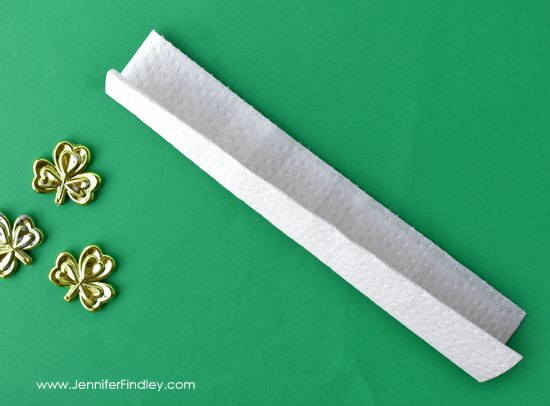

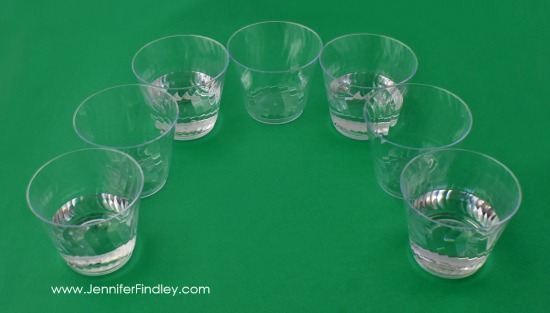
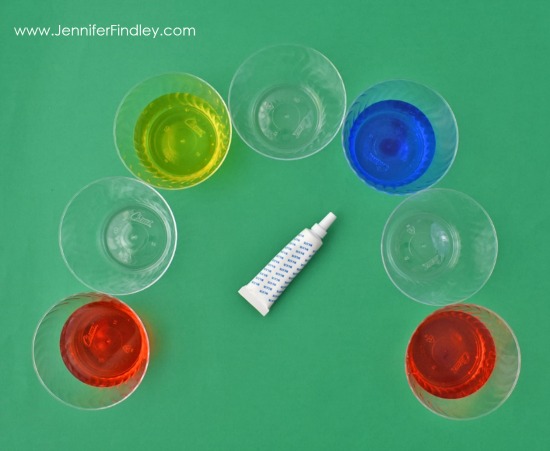

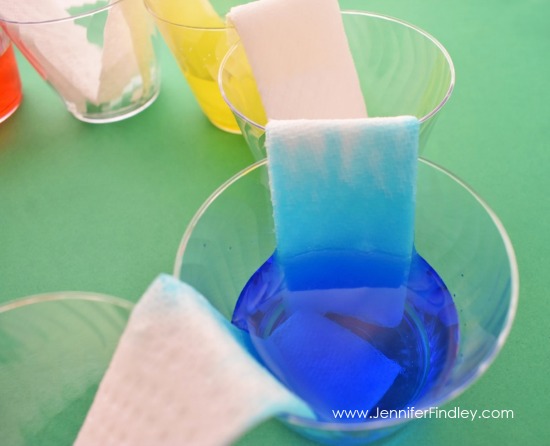
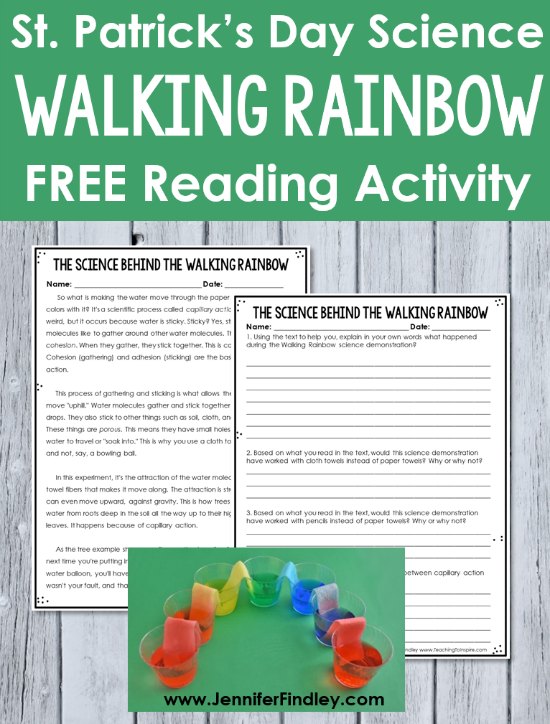
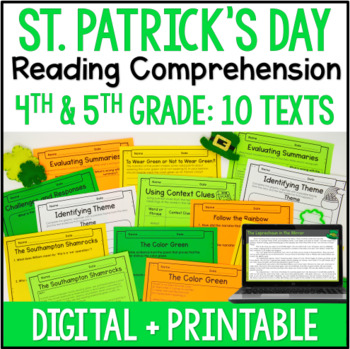
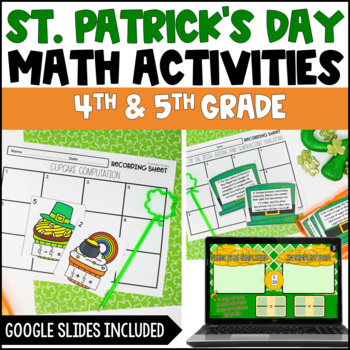
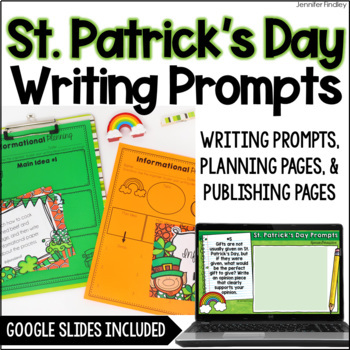







This is great! Thank you for providing the writing piece. My kids will love this!
yes
ryjndjmuygt.o thank you
THIS IS SOOOOO COOL!!!!!!!1
Thank you for sharing – fun activity to do with my 5th graders!